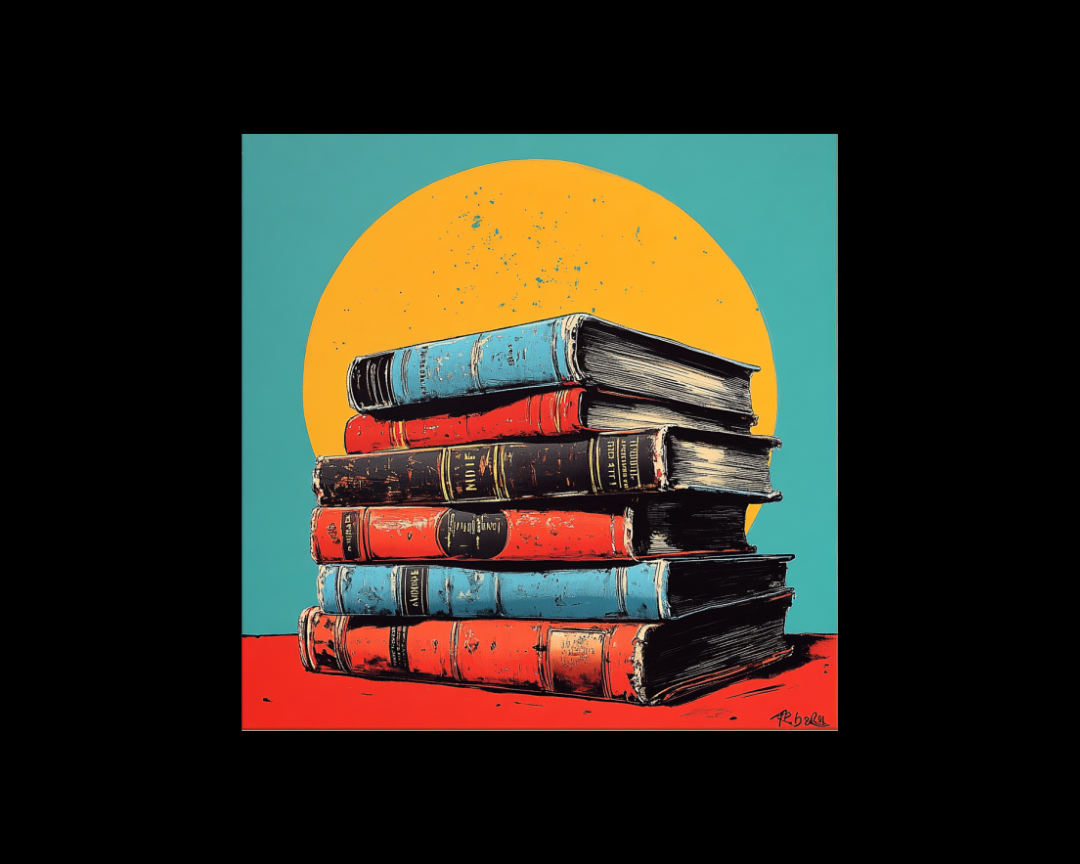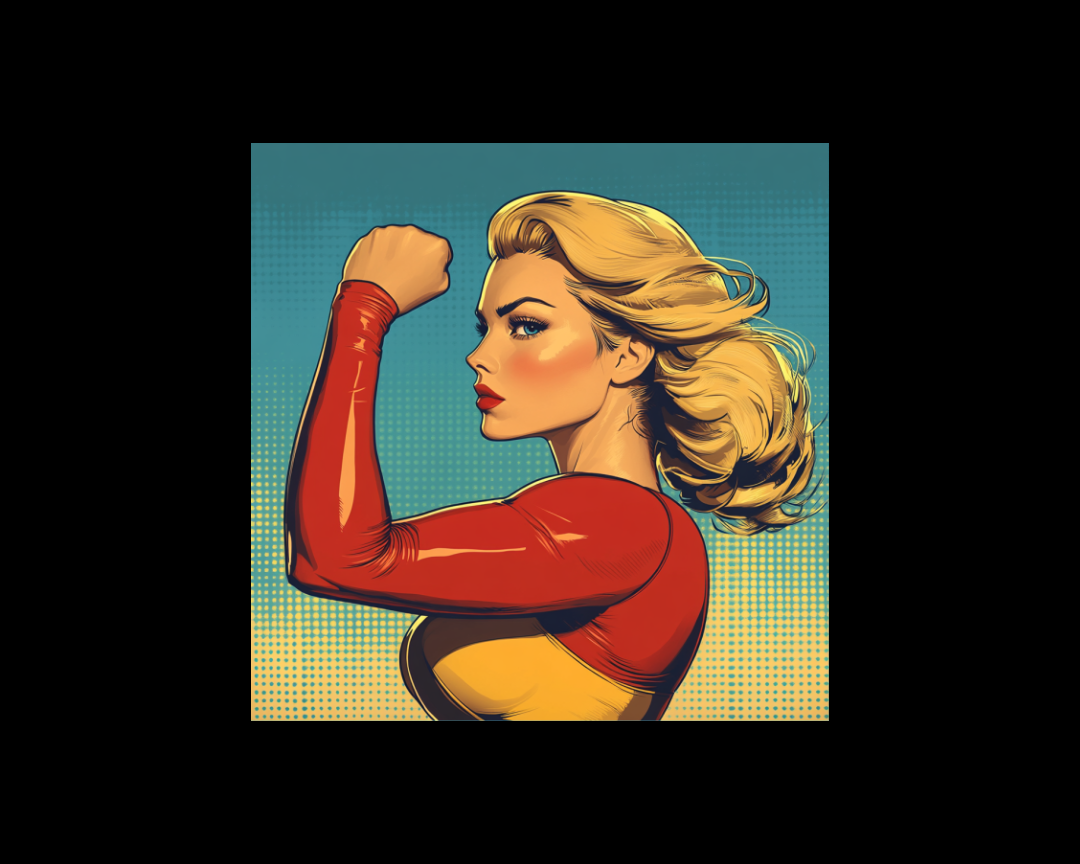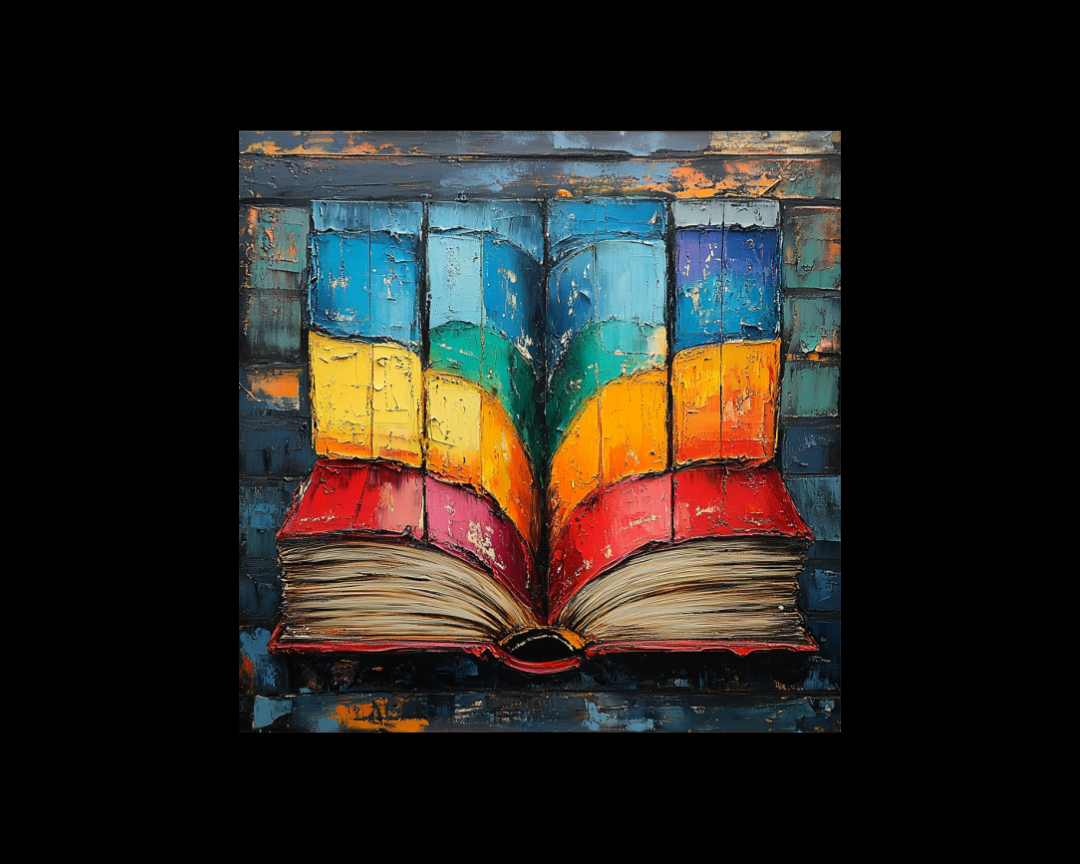Powerful Words: Illustrated by Bizarre and Fantastical Literature
Words have the power to shape realities, evoke emotions, and transport us to worlds beyond our imagination. In this article, we'll explore a...

Slang is a linguistic chameleon, constantly evolving and adapting to the cultural landscape. It's the rebellious cousin of formal language, often frowned upon in academic circles but celebrated in popular culture. For creative writers, understanding slang is crucial, whether you're penning dialogue for a gritty urban novel or crafting a historical piece set in the roaring '20s. This guide will take you on a journey through the world of slang, from its definition to its practical application in creative writing.
Slang is informal language consisting of words and expressions that are considered nonstandard, often used by specific groups or subcultures. It's characterized by its:
Slang has evolved significantly over the decades, with each generation contributing its unique flavor to the linguistic mix. Here's a brief overview:
1920s-1930s (The Lost Generation)
1940s-1950s (The Silent Generation)
1960s-1970s (Baby Boomers)
1980s-1990s (Generation X)
2000s-2010s (Millennials)
2010s-Present (Generation Z)
Traditional dictionaries have long grappled with the inclusion of slang terms. The Oxford English Dictionary (OED), for instance, has been incorporating slang since its inception in the 19th century. However, the process is selective and often delayed to ensure the terms have staying power.
Some slang terms that have made it into standard dictionaries include:
Dictionaries typically label these entries as "informal" or "slang" to guide users on appropriate usage contexts.
While traditional dictionaries take a cautious approach to slang, Urban Dictionary embraces it wholeheartedly. Launched in 1999, this crowd-sourced online dictionary has become the go-to resource for the latest slang terms and cultural expressions.
Key features of Urban Dictionary:
Examples of slang found primarily on Urban Dictionary:
While Urban Dictionary is a valuable resource for understanding current slang, its crowd-sourced nature means writers should cross-reference terms and use discretion.
Incorporating slang in your writing can add authenticity and flavor to your work, but it requires careful consideration. Here are some tips for using slang effectively:
Slang is a dynamic and fascinating aspect of language that reflects the ever-changing nature of culture and communication. For creative writers, it's a powerful tool that, when used judiciously, can add depth, authenticity, and color to your work. By understanding the history and evolution of slang, recognizing its place in both traditional and modern lexicons, and following best practices for its use, you can harness the power of slang to create vibrant, relatable, and engaging writing.
Remember, like any powerful tool, slang should be used with care and precision. When in doubt, consider your audience, your characters, and the overall tone of your work. With these considerations in mind, you'll be well-equipped to navigate the wild and wonderful world of slang in your creative writing endeavors.

Words have the power to shape realities, evoke emotions, and transport us to worlds beyond our imagination. In this article, we'll explore a...

Linguistic constraints offer writers a unique challenge and readers an intriguing experience. This article explores two specific constraints: writing...

Compound words are an essential part of the English language, evolving over time to reflect new concepts, technologies, and cultural shifts. In...